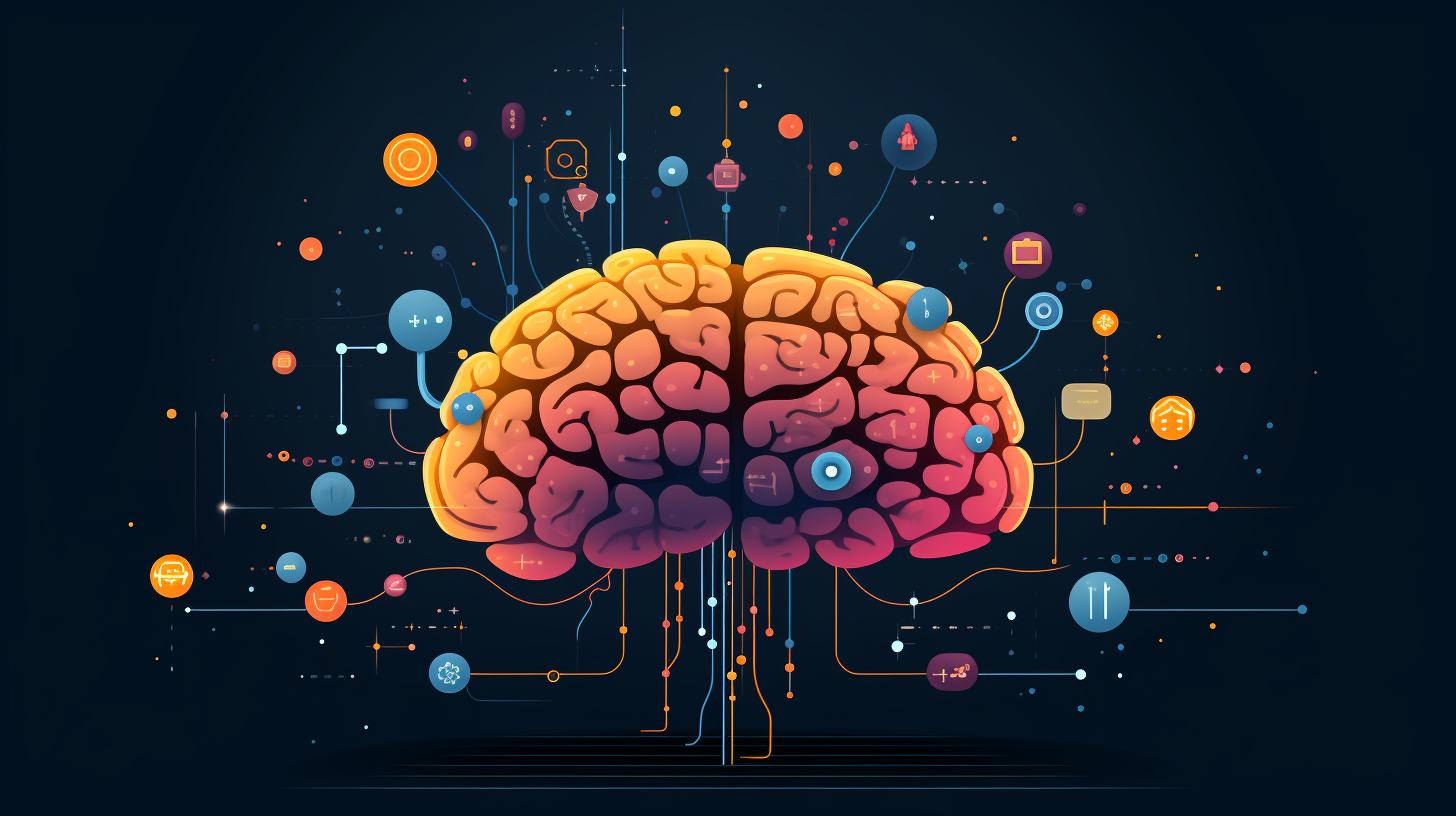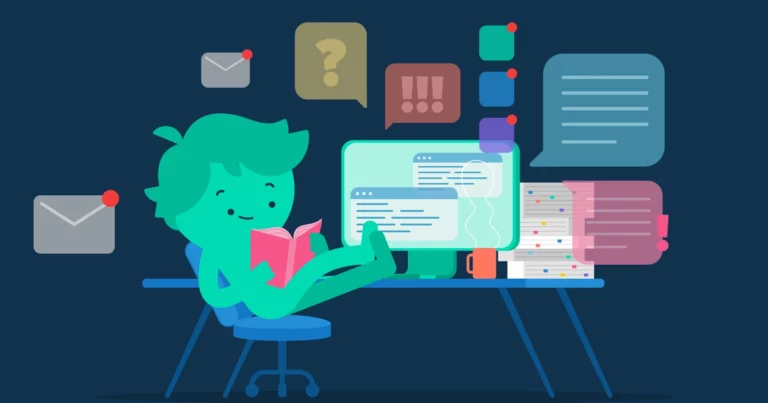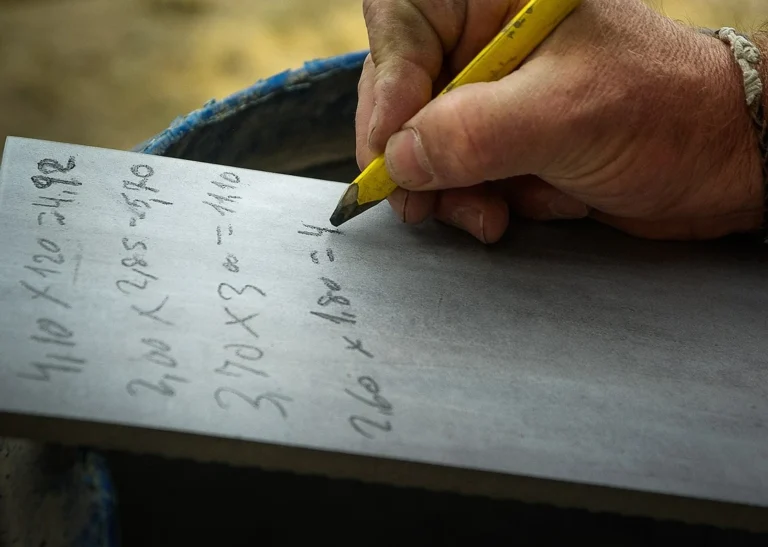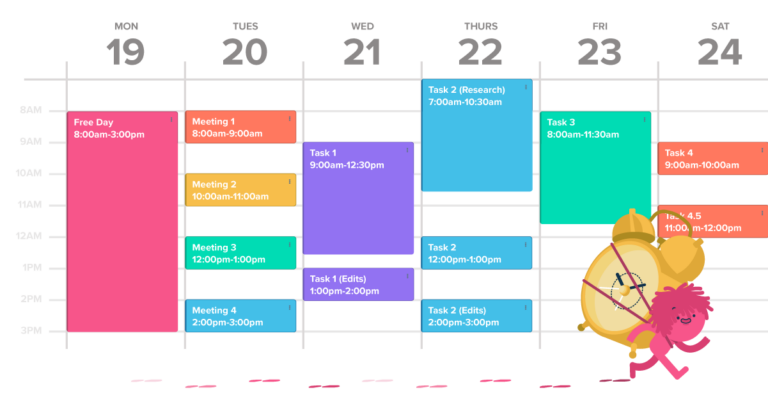This post may contain affiliate links. When you buy through links on our site, we may earn a small commission at no additional cost to you
What is a Second Brain?
A second brain refers to a system or method of organising and managing information to enhance learning, productivity, and personal growth. It is a concept coined by Tiago Forte, a productivity expert, to describe a digital or analogue system that extends your mind, capturing and storing knowledge, ideas, and insights. But you may be asking yourself:
How to build a second brain?
Forte based the second brain on four elements:
- C – Capture
- O – Organise
- D- Distil
- E – Express
Lets deep dive into those elements
C- Capture
Efficient note-taking is the foundation of a second brain. Here’s how to improve your note-taking process:
- One Location: Use one tool to capture anything. I use my notes app on my phone. I always have it on me and can use it immediately. Analogue notebooks also work perfectly. Other apps are Notion (another favourite of mine), Evernote or Microsoft OneNote.
- Actively engage with the material, highlighting key points and summarising in your words – in your notebook, of course!
- Capture everything that resonates with you. You read a great quote. Write it down.
- Write everything down. Everything. An idea for a birthday gift. Write it down. A recipe you want to try. Save the link. An image you like. Save it. Put everything down in your note-taking device.
I want to provide you with an example, and my master’s thesis is perfect for that. Sure, it is only a project, and the second brain can be used for your whole life. That is why I fancy this technique. You can apply it to everything.
Back to my master’s thesis. Because I wrote it in History, I expected a huge amount of literature and information. So, I took an analogue notebook and a folder system on my laptop. And I captured everything I read, which could be helpful for my thesis. And when I say everything, I mean everything. I read so many books and articles. It gave me a good overview of my topic and more than enough information to work with.
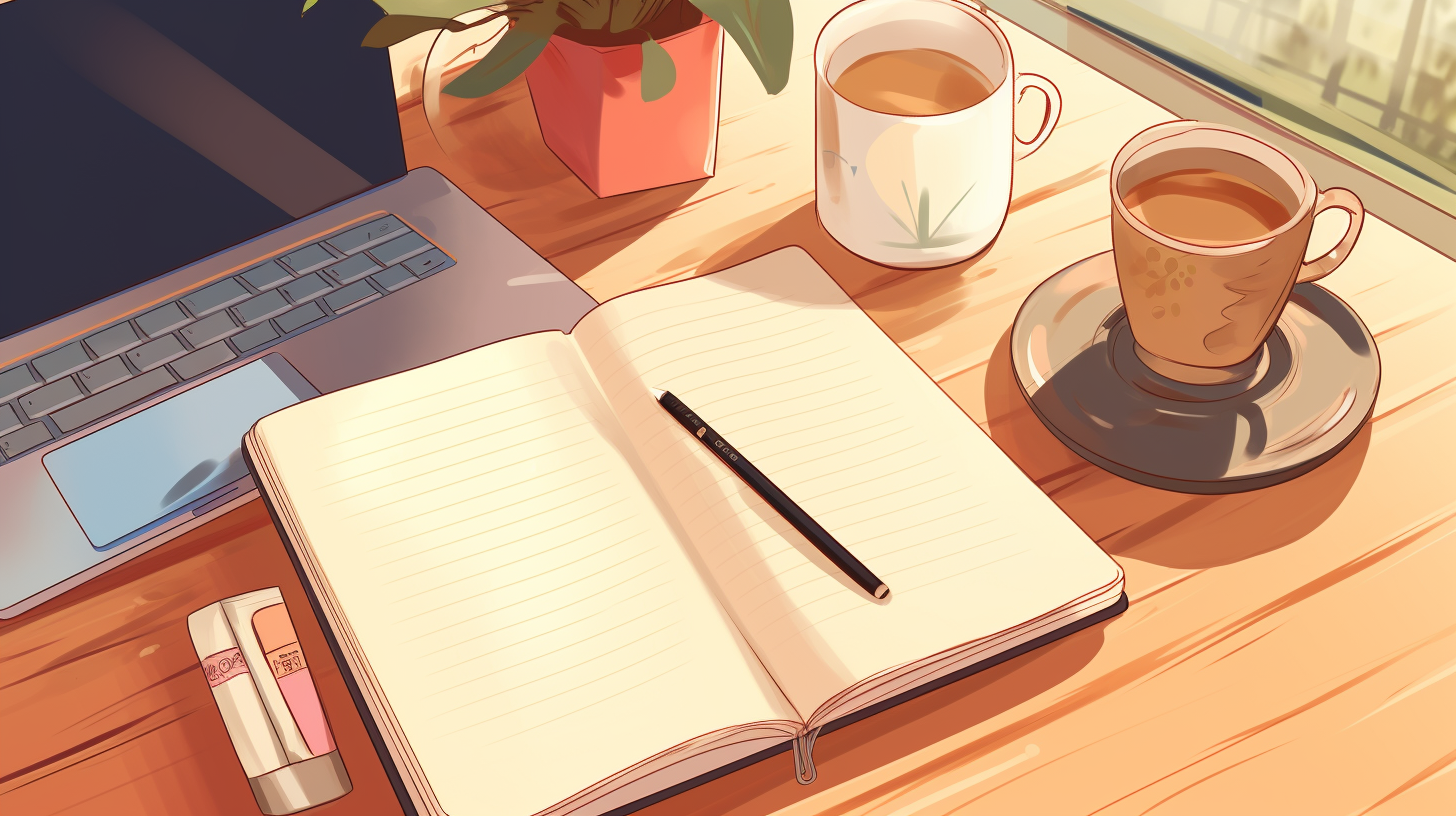
Capture, Organise, Distil and Express are the pillars of the Second Brain method. Source Midjourney
O – Organise
Organising your notes is essential for easy retrieval. Especially if you capture information in one place:
Forte suggests organising after actionability. Means when do you need the information next? He also suggests using this organisational structure:
- Projects: short-term with a specific goal, projects in your personal or school life.
- Areas: responsibilities in school or university or your personal life, maybe you’re taking care of the family cat, or you have your car. Your flat and finances are also areas of your life.
- Resources: everything you are interested in—topics you want to check out and learn more about, etc.
- Archives: simple. Here you can store everything from the other categories that are done or inactive.
To return to my example, I mentioned using an analogue notebook for everything I read. Online published articles, papers and books were stored in different folders on my laptop. I used the list function of my library catalogue for books from the library. During the capturing process, I noted the author, the book title and the page numbers before writing down my information. That helped me not to get lost and to find everything I needed.
D – Distil:
Distilling information helps extract valuable insights and key takeaways from your notes:
- Summarise: Articles and books, whatever you read. This can be an extended summary, focusing on the key points will come after this.
- Focus on Key Points: You wrote a 5-page-long summary on atomic habits (fantastic book, you should read it), but go a step further and make a snippet with all the key points of your summary, so you can check them out when needed.
Sounds abstract, right? Let me help you.
After capturing and organising all the snippets of information for my thesis question, I knew I wouldn’t need everything (and I was sure I captured things more than once). So, I read through all my notes and marked the important stuff with markers in different colours. At this point, I knew the structure of the thesis, so I was able to colour-code the parts and, therefore, the needed information in my notebook.
E – Express:
The last one. Expressing your ideas and sharing your second brain can solidify your understanding and contribute to collaboration:
- Develop a system for sharing your distilled notes or insights – especially for group projects.
- Use it actively: Don’t collect knowledge and let it rot in your app. Implement it in your life to improve it and be happier.
- Create a Blog, YouTube Channel or Social Media channel to share your knowledge: Only if you want to and are interested.
Sounds easy, can be easy, but it can be a nightmare too, at least for me; writing papers and my thesis were my personal hell. After writing, I only had to hand it in and wait for my results. That was my expression of all the information I gathered during those months. It felt pretty nice afterwards, and maybe building a blog or a social media channel will do the same for you. If this is nothing for you, think about mini-presentations for your friends. My roommate once made one about sharks (yes, she is obsessed with them, and they’re fancy animals, to be honest)
The example was easier and smaller because it would be only a project in the Second Brain system. But hopefully, it helped to get a better understanding of the method. I applied it to my life, and it made it less chaotic. I wouldn’t say I am more productive than before, but definitely less chaotic. 😀 However, that isn’t the only benefit of this system.
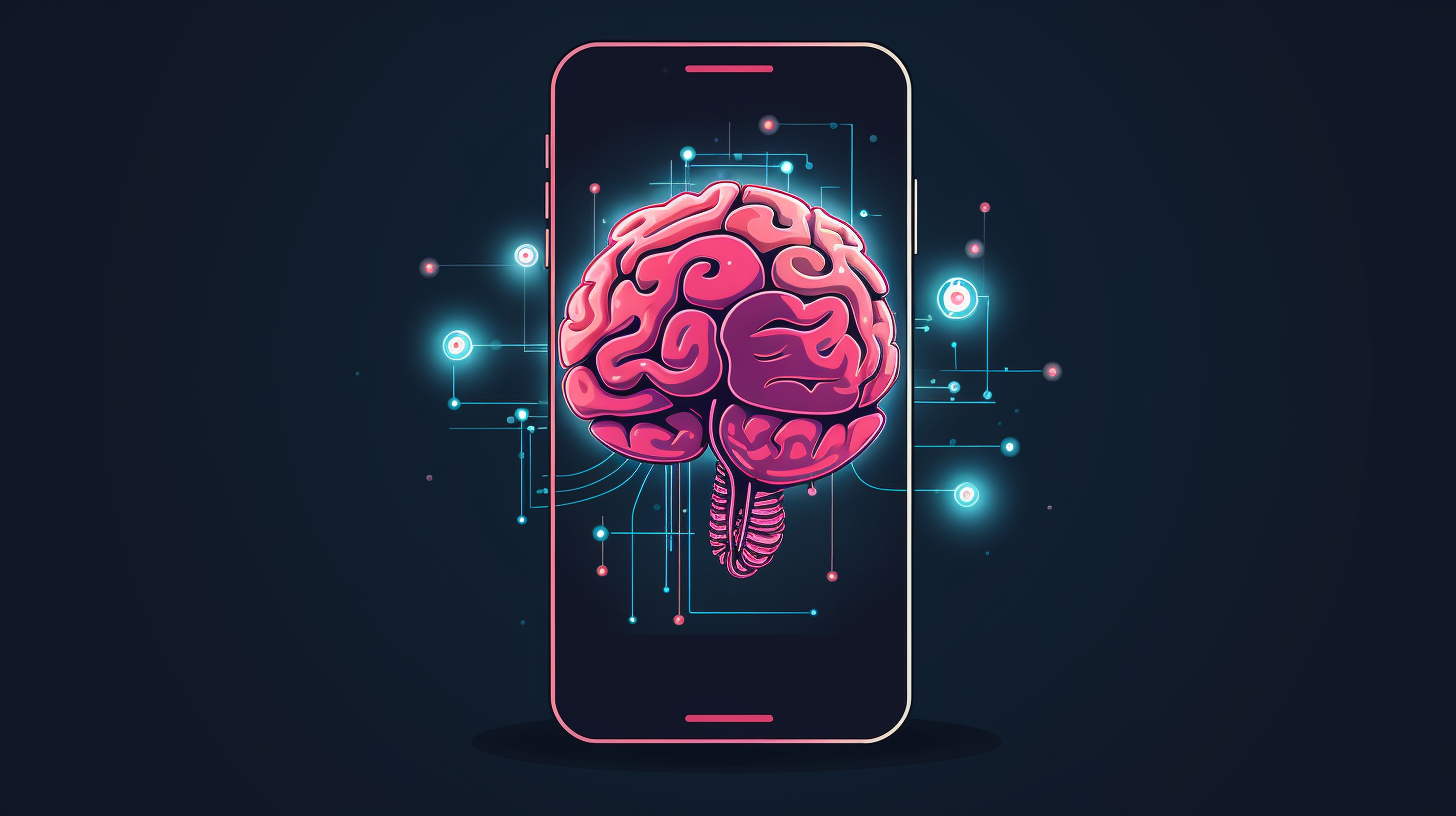
Expressing the knowledge you gained through your Second Brain can have different looks. Social Media Channels or publishing books or Blogs are easy ways to show off your knowledge.
Source: Midjourney
Benefits of the Second Brain
I recommend building a second brain because there are plenty of potential benefits:
Improved Learning Efficiency:
- The structured organisation of information enables quicker access and review, optimising your learning process.
- The ability to distil and summarise key points enhances comprehension and retention.
Enhanced Productivity:
- With a well-organised second brain, you can quickly locate and utilise relevant information, saving time and effort.
- Streamlined workflows and efficient task management contribute to increased productivity.
Fostered Creativity:
- Connecting ideas and concepts from different sources within your second brain generates unique insights and fosters creativity.
- Serendipitous discoveries and novel connections can lead to innovative thinking.
Last but not least, I want to give you some resources for further reading 😀
- Tiago Fortes own Website for sure. Love it, and I subscribed to his newsletter as well.
- Tiago Fortes book, Building a Second Brain.
- Ali Abdaal’s video about this method. If you don’t know him, please check him out. He is my favourite productivity YouTuber and absolutely amazing.
With that said, good riddance!
Sources: Website of Tiago Forte
